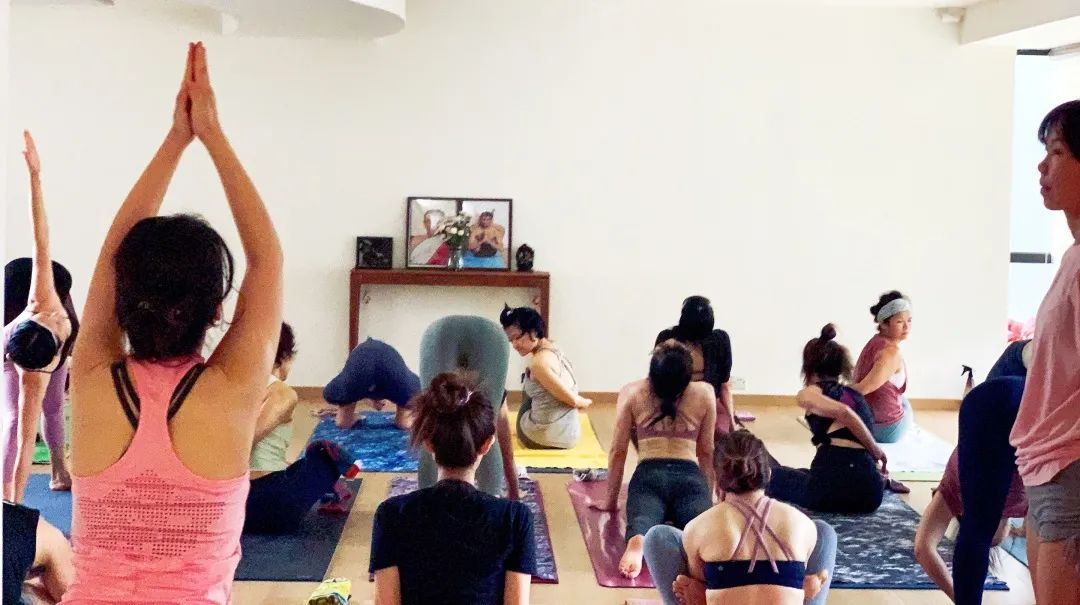In Mysore classroom, have you seen students who frequently wipe sweat, drink water and glance around? Or is that what you are? Small movements in practice when practicing Mysore, do we pay attention to our small movements, such as intentionally or unintentionally wiping sweat with a towel, fiddling with our hair, drinking water, tidying our clothes, etc.

these small movements are the performance of our inattention in practice, which means that we are distracted.

Ashtanga’s practice is famous for dynamic meditation.
One of the most important things about our dynamic meditation practice is to maintain “concentration”.
What happens if you don’t concentrate on practice? Increase the risk of injury during practice! A lot of practice injuries occur in the unconscious state.
Why don’t you wipe your sweat when practicing? 1.
Wiping sweat frequently disturbs your practice rhythm and distracts people.
2.
Ancient Ruji mentioned in his book Yoga Mara that sweating should be gently rubbed back into the body (I suggest rubbing it after a big rest), which has a nourishing effect on bones and joints.
This is why it is not recommended that you take a bath as soon as you finish practicing.
Why can’t you drink water during practice? Sharathji, the leader, emphasized at the regular meeting that “stomach fire” was burning when we practiced.
If we drank water, it would be extinguished, which was bad for human health and energy.
Not afraid to read, just afraid to feel late.
Maybe the small action is not done deliberately, but unconsciously, but we don’t notice it.
When you notice that you are “distracted” in your practice, you shouldn’t be upset, but happy, because you are aware of your “inattention”, which is the beginning of concentration.
What if you feel distracted? 1.
Breathe through the nose, return to the breath itself, and feel that every inhalation and exhalation is “controlled”.
2.
Focus your eyes, focus on the gaze point.
Each asatanga pose has a fixed gaze point, such as the upper dog looking at the tip of the nose and the lower dog looking at the navel.
What if you don’t know the specific gaze point? Look at the point where the extension line at the tip of the nose falls.
3.
Listen with your ears, listen to our rhythmic breathing, and return the outward exploration hearing to yourself.
Ashtanga Yoga is a very interesting practice.
What is interesting is not only the sequence of postures that are linked and echo back and forth, but also its unique dynamic meditation practice, which reminds you to return to the present moment all the time.
This is why we need to practice, explore and experience day after day.
Then, for future exercises, please be less distracted and more focused, Namaste! Click “watching” (in the lower right corner of the page), let’s be accompanied by yoga, calmly and gracefully face everything, and continue to move forward through the wind and waves! Welcome to pay attention.
Long click on the following figure to identify the QR code added..


